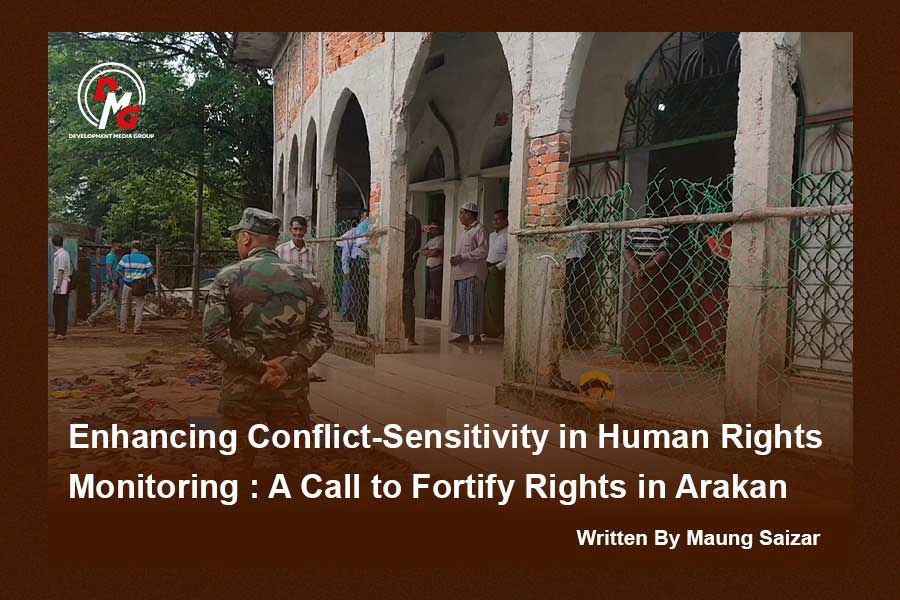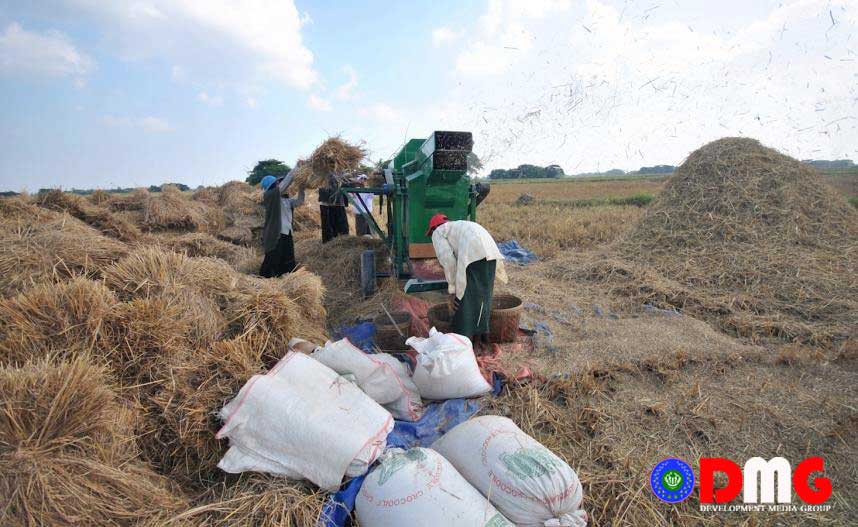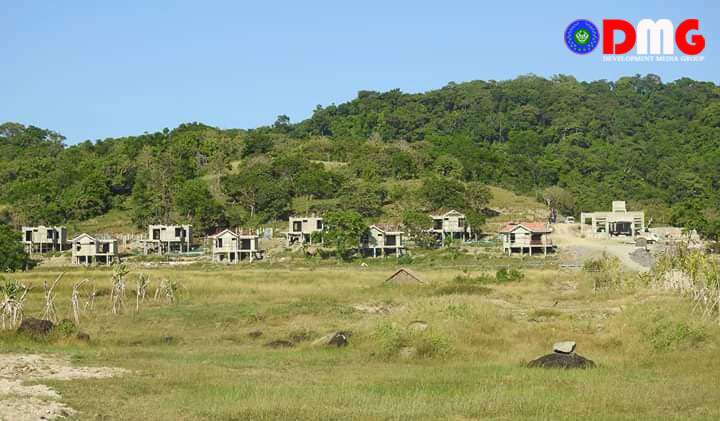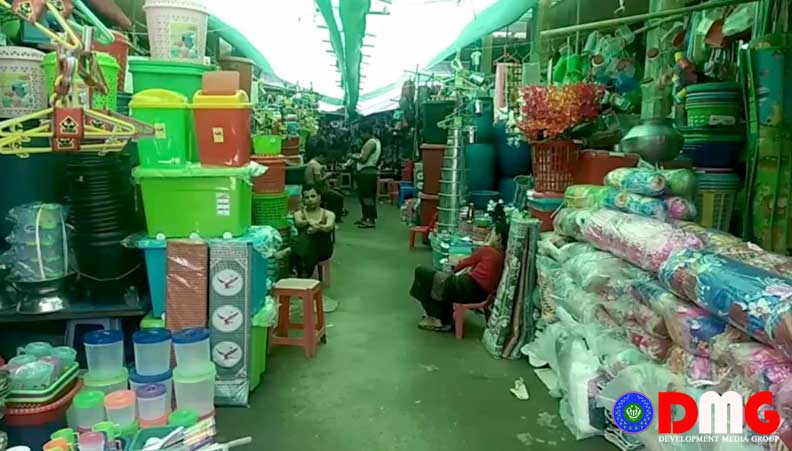- Fighting escalates between Myanmar military, Arakan Army in Ayeyarwady Region
- Regime steps up civilian arrests in Sittwe
- ULA safeguards Mrauk-U's ancient heritage
- Arakan on the Edge: What the DMG Landmine Impact Report Reveals About Myanmar's Deepening Humanitarian Crisis
- RNP chair U Ba Shein pledges renovation of Manaung Airport, solar plant
The Legacy of Collis house
Maurice Collis, one of the authors who wrote about the history of Mrauk-U ancient city and royal palace, said in his book “Into Hidden Burma” that Sittwe was a city that brought him good luck.
07 Oct 2019
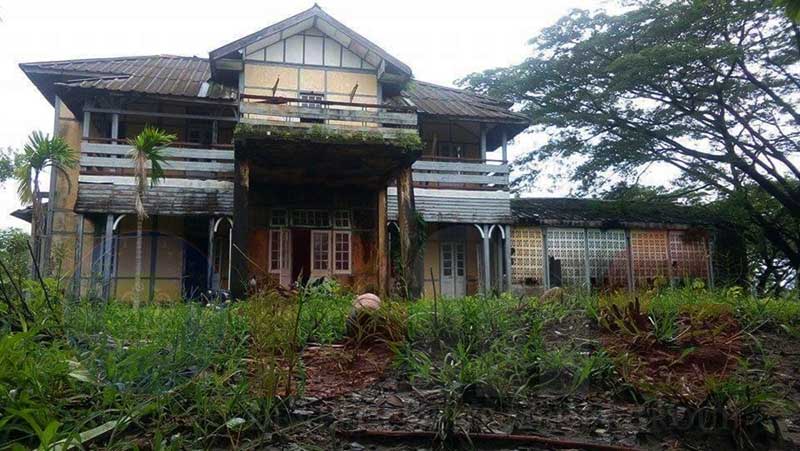
Written by Moe Aung | DMG
Old buildings constructed under British rule are lugubrious looking compared to brand new buildings in Arakan State’s capital Sittwe, one of the earliest cities during the colonial era; some old structures have lost their original architectural style and design now.
There is an old prison in the southern part of the city. It was built in 1826. A hill is located 20 minutes by foot on the right side of the prison. The hill is in the precinct of San Pya Ywar ward in Sittwe. On land that’s about six acres wide at the hill is a two-story wooden house that faces east.
An ancient spiral staircase at the back of the old mansion was broken. No one is seen in the compound. But, a small building was built recently on the avenue at the back of the house.
People have to enter the compound from the back of the house because the entrance is built at the back of the house. Trees adorn the dirt road to the house.
There is a row house for servants on the left side of the house. There are three rooms, each room includes bathroom and commode. An antiquated fan is installed on the ceiling.
Well-known people from previous time periods lived in the house, which is discolored with age. The most interesting point about the house is that District Commissioner Maurice Collis, who wrote world famous books about Myanmar, lived there.
Few residents in Sittwe know Maurice Collis lived in the house. And, several people who are interested in the history of the city know the name Maurice Collis. But, some foreigners often visit the old building just to explore it.
A journalist who worked for a state-owned newspaper anonymously talked about the house where he lived when he was young.
The journalist said the house is over 100 years old. “The house has been renovated under successive owners,” he said.
The house was used as an office for the township General Administration Department before it was handed over to the military’s No.8 Mobilization Training School. As of now, the No. 17 Navy Base is stationed there.
The wall besides the stairs is painted white. Some panes of glass were broken. There is a balcony and portico at the front of the house. An unusual fact about the house is papers are posted in the house and have mantras written on them.
“It is said to be haunted because some kind on entity is heard walking upstairs and doors of the rooms automatically fly open,” the journalist said.
People who have felt an unearthly presence in the house said that they heard the sound of a girl crying. The room Maurice Collis slept in, downstairs on the right side, is said to be haunted, the journalist said. The big house comprises two big rooms on each floor.
There was a bathtub in the room and a girl allegedly died in it. Later, a brick tank had been built at the place the bathtub was located, the journalist explained.

The old house has its share of macabre stories also. A government personnel reportedly committed suicide in 2012. He hanged himself from the tree in front of the house. Additionally, the wife of an officer who lived in the house fell from the balcony, the fall left her paralyzed from the waist down.
There are people who said they had experienced supernatural occurrences, but could not be reached for comment.
It has been over four decades since people talk about creepy incidents that occurred in the house, said U Kyaw Soe Lu, a modern poet.
“If young people drink or make love with someone in the house, they face a harm somehow,” the poet said.
It was under the Burma Socialist Programme Party (BSPP) rule when he was young. Young people used the house, which was controlled by the government, as their rendezvous.
Maurice Collis and Sittwe
Maurice Collis, one of the authors who wrote about the history of Mrauk-U ancient city and royal palace, said in his book “Into Hidden Burma” that Sittwe was a city that brought him good luck.
U Maung Ba Thein, a well-known historian in Sittwe, said that the author was beneficial to Arakanese people.
“People across the world know about the history of Arakanese people because of his book “The Land of the Great Image,” U Maung Ba Thein in his early 70s said.
He added that writing a history of the region was very popular among westerners at the time Maurice Collis arrived in Sittwe. He is the second generation of authors who revealed the history and culture of Arakanse people, he continued.
Maurice Collis was born in 1889, six decades after the first Anglo-Burmese war. He died on January 12 in 1973. He is a descendent of a rich family from Dublin, Ireland. After the first Anglo-Burmese war (1824-1826), Thanintharyi Region and Arakan State were under the direct rule in India. Subsequently, Sittwe, Kyauk Phyu and Thandwe cities were established to operate the administrative mechanism.
Maurice Collis firstly arrived in Kyauk Phyu and then moved to Sittwe. He was a district commissioner in Sittwe from 1923 to 1925. He worked as district commissioner in Kyauk Phyu in 1920.
His daughter was born in Sittwe and he inherited assets from his relatives in Ireland while he was in Sittwe, he stated in his book “Into Hidden Burma.” He bought his first motor vehicle in Sittwe.
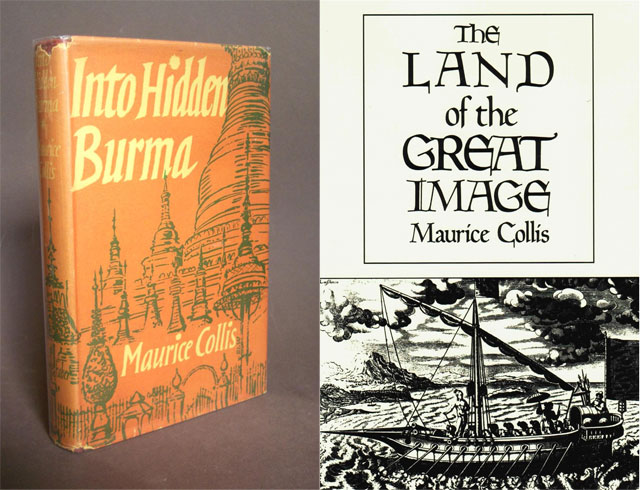
A remarkable event occurred in Sittwe during this time, the very first group to visit by plane arrived in Sittwe, and one of the visitors fell into the river from the bridge, he stated in his book.
He said that his book “The Land of the Great Image” was written by referencing a Portuguese monk’s (Sebastiao Manrique) travelogue, received from an Arakanese man U San Shwe Bu.
Historical landmark status coming soon?
The view the author saw from the house is different from today’s, according to the facts in his book.
The beach in Sittwe had little attraction to people, he stated in his book. He also described the beach as a pristine spot because it was deserted.
U Maung Ba Thein, who did research about the history of Myanmar in the colonial era, agreed what the author said about the Sittwe beach. A lot of people died in Sittwe due to malaria during the time the author arrived in Sittwe, he said.
“When we were young, nothing was here. There were bushes on the beach,” he said.
Maurice Collis wrote over 30 books about Myanmar. His first historical article was written in Sittwe. He translated Arakanese classic odes for about 12 months in Myanmar, this shows how he loved Arakanese literature and culture, U Maung Ba Thein noted.
There was another house Maurice Collis lived in Arakan State. It was located on the Strand Road in Kyuak Phyu. It was two-story building like the house in Sittwe.
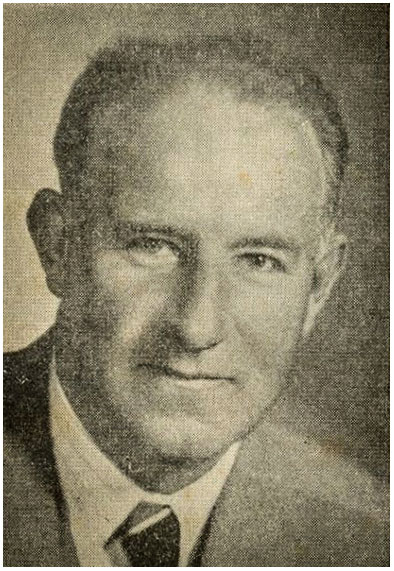
When attempting to seek out documents and information about the house from a staff member from the General Administration Department in Sittwe Township to confirm the history of the house; the staff said that documents were lost since the building was handed over to the Navy Force.
A retired person who took care of the house said that he did not know Maurice Collis but successive district commissioners lived in the house.
According to the Protection and Preservation of Ancient Buildings law, passed by the Pyidaungsu Hluttaw on 26 August in 2015, the ministry of Culture protects ancient buildings that are over 100 years old. Despite being an official residence, the old house Maurice Collis lived in is one of the houses that has been neglected.
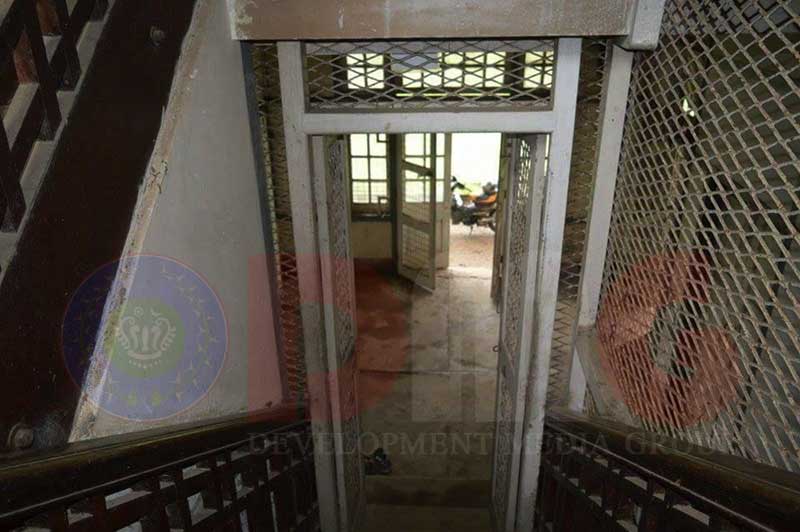
Any buildings that are over 100 years old or nearly 100 years in Sittwe have not been declared as ancient buildings.
U Min Aung, former minister for Municipal Affairs in Arakan State, however, said that people and organizations want to acknowledge the Maurice Collis house as a significant cultural and historical landmark in Sittwe.
“We can ensure the building being recognized as a historical building when people submit the proper documentation and other evidence that’s required,” the minister said.
The building might become a historical museum and a tourist destination in Sittwe, he said.







